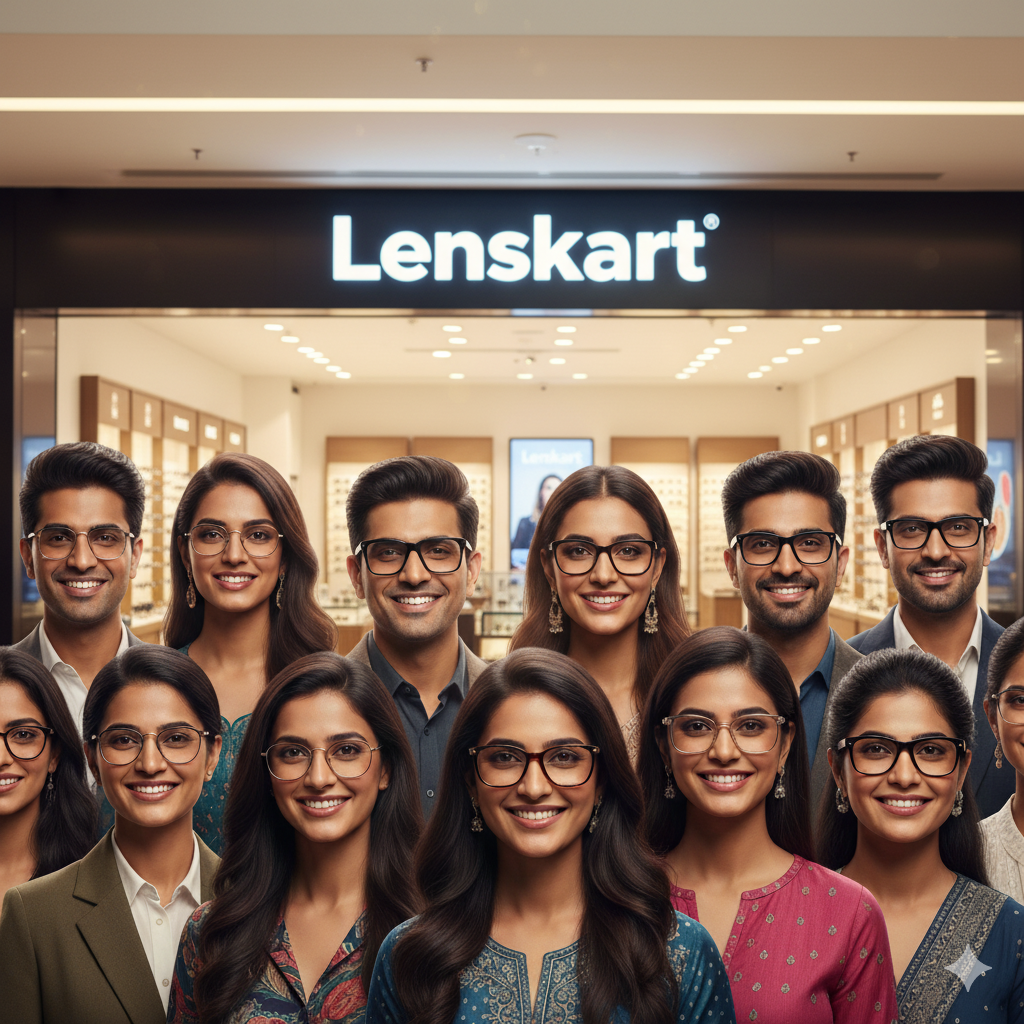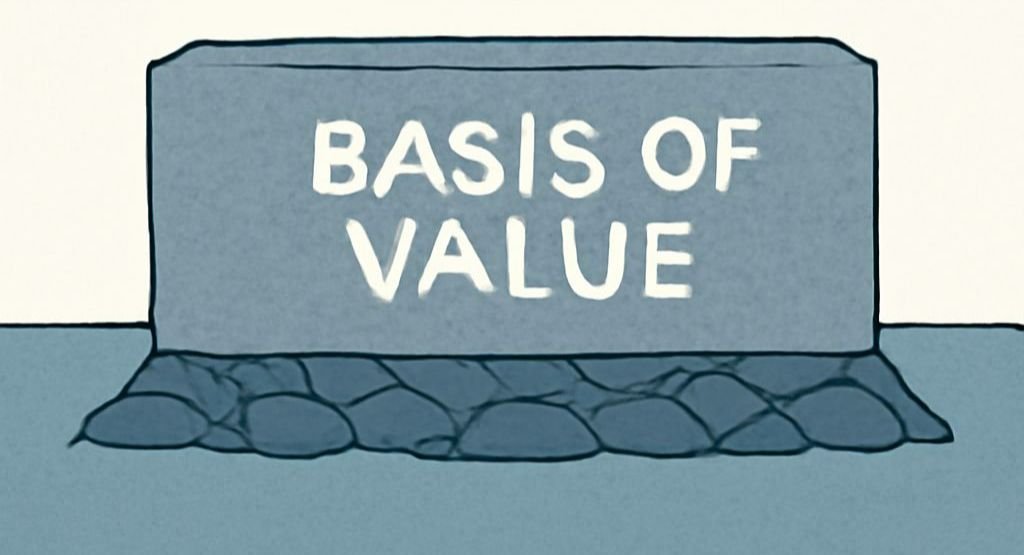A play on KAVACH, GoI’s indigenously developed Automatic Train Protection System

Welcome to this week’s edition of TOPICAL WEDNESDAY!
Trains are the backbone of any nation, essential for both travel and transportation. In India, the railway system stands out due to its sheer size. Operating the world’s fourth-largest rail network, Indian Railways runs over 13,000 passenger trains daily, carrying nearly 2 crore passengers, and operates 7,400 freight trains transporting millions of tons of cargo. It’s also one of the largest employers globally, with over 12 lakh employees. Additionally, India boasts a rich railway heritage, with 4 UNESCO World Heritage Sites dedicated to its railways. However, beyond this impressive scale lies a challenging reality. Trains in India are often overcrowded, and issues like long booking queues, subpar station services, frequent delays, and safety concerns persist. While these inconveniences are often overlooked by passengers, what is harder to ignore is the rising number of train collisions and derailments.
These often preventable accidents result in significant loss of life. To address these safety concerns, the Indian Railways Ministry has launched several initiatives to enhance safety and allocated substantial budgets for improvements. One such key initiative is KAVACH.
Our focus today is on Quadrant Future Tek, a company, who’s IPO is currently ongoing and is playing a vital role in supporting this government initiative. Let’s dive into the details of Quadrant and explore how it stands to benefit from Indian Railways’ increased emphasis on safety systems like KAVACH.
But, first thing first!
IPO Details
Issue Size: Rs. 290 Cr.
Fundraise Type: Fresh Issue
Price Band: Rs. 275-290/ share
Proceeds Utilization:
1. Rs. 150 Cr. will be used for funding long-term working capital requirements of Company’s Specialty Cable Division.
2. Rs. 24 Cr. will be used for capital expenditure for development of Electronic Interlocking System.
3. Rs. 24 Cr. will be used for prepayment or repayment of all or a portion of outstanding working capital term loan availed by Company.
4. Remaining for general corporate purpose.
Now, let’s talk about the company.
Quadrant Future Tek Ltd.
Founded in 2015, Quadrant began its journey as a technology-driven enterprise in Mohali under the leadership of Mohit Vohra. The company started small, focusing on manufacturing specialty cables exclusively for its Promoter Group entities in the rail sector. This initial phase laid the foundation for its growth.
As time went by, the company saw an opportunity to expand beyond its original scope and began partnering with third-party customers to fully utilize its manufacturing capacity. This strategic move opened doors to new markets, and the company started producing specialty cables for the defense sector, significantly boosting its revenues and operations.
With its growing expertise and success, the company diversified further, venturing into the production of cables for the marine and electric vehicle industries. This marked a major milestone in its journey, showcasing its ability to adapt and innovate.
Today, Quadrant Future Tek specializes in four key verticals: Specialty Cables, Train Control & Signalling Solutions, Cable Assemblies & Interconnect Solutions, and Electrical/Electronic Systems & Displays. Among these, specialty cables remain the core of its business.
So, let’s understand it in a little bit more detail.
Specialty Cable Division
Specialty Cable Division is the backbone of the company as it produces high performance cables for industries that demand fire safety, lightweight construction, and long-term durability. The company uses a 2.5 MeV Electron Beam (E-Beam) Industrial Accelerator at its Mohali plant to manufacture these specialized cables. This advanced technology enhances the mechanical and thermal properties of these cables, making them more durable and resistant to extreme conditions.
E-Beam technology is challenging to implement due to high costs, the need for specialized expertise in engineering and radiation safety, and limited awareness of its potential across industries. As a result, only a few companies in India use this niche but valuable technology. The cables manufactured by Quadrant are used in rail vehicles, naval vessels (including submarines), and electric vehicles (EVs).
The Specialty Cable Division contributes to 91% of the company’s revenue, with 37% coming from Indian Railways, another 37% from group companies, and the remaining 17% from other private companies.
Specialty Power Cable Industry
The Indian specialty power cable industry, which includes Quadrant’s operations, is projected to grow at a CAGR of ~10% between 2024-2030, driven by growth in renewable energy projects, upgrades in transmission networks, and expansion in the railway sector.
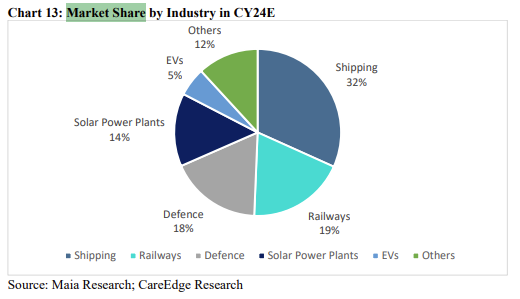
(Source: DRHP)
Railway Growth
The railways, where the majority revenue comes from, is expected to growth due to 2 main reasons:
1. Infrastructure Expansion – Indian Railways is upgrading its infrastructure with 12% of the Union Budget 2024-25 allocated and over Rs. 1 lakh crore invested recently to enhance connectivity, expand the network, and reduce congestion.
2. National Rail Plan (NRP) – The NRP aims to create a future-ready railway system, increasing the freight modal share to 45% by 2030 and meeting rising demand in freight and passenger traffic, driving growth in locomotives and wagons.
Specialty cables are a necessity for this expansion and Quadrant is expected to benefit from this demand.
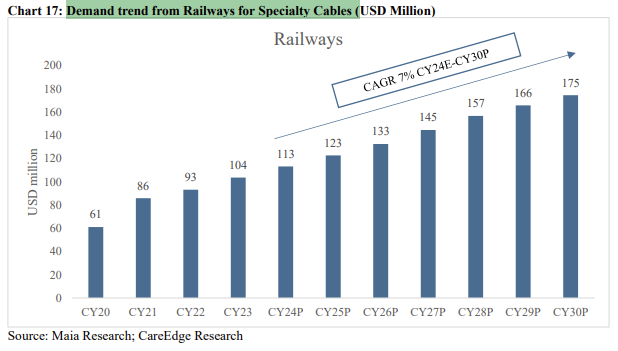
(Source: DRHP)
The real reason for highlighting this company lies in its ability to support Indian Railways’ flagship safety initiative, KAVACH. But before we go there, let’s understand what KAVACH is and why is it needed in the first place.
Current State of Indian Railway:
Indian Railways is making bold strides with initiatives like the National Rail Plan 2030, PM Gati Shakti Mission, high-speed rail projects such as the Mumbai Ahmedabad bullet train, Vande Bharat trains, and metro expansions. However, a pressing question remains—is Indian Railways truly safe?
Despite advancements, recurring issues such as train delays, derailments, and collisions persist. In FY23 alone, 48 train accidents were reported, including 36 derailments, 6 collisions, and 4 fire incidents. Recent accidents like the Tamil Nadu train collision (October 2024), Balasore triple train collision (June 2023), and Chandigarh-Dibrugarh Express derailment (July 2024) highlight vulnerabilities caused by signalling failures, outdated interlocking systems, and insufficient safety measures.
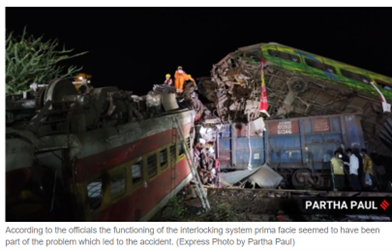
(Source: Indian Express)
Today, safety remains a critical concern, especially in smaller stations and rural areas where traditional signalling systems are still used. These outdated systems rely on manual interlocking, with signalmen operating levers connected to signals and track switches using rods and wires. Communication with train drivers is done through colored flags (red, yellow, green), highlighting the limitations of these old methods.

(Source: Indian Express)
So, the question is what is the Indian Railway Ministry doing? Turns out a lot!
Government Initiatives
The Indian Railways has been implementing various initiatives to enhance rail safety and efficiency, with a significant focus on modernizing its signalling and protection systems. Railway signalling systems are crucial for managing train traffic and ensuring safety. Over the years, Indian Railways has transitioned from conventional signalling methods to advanced systems like electronic interlocking, automatic block signalling, and interlocking at level crossing gates to improve safety at crossings.
One of the most notable initiatives in this regard is KAVACH.
KAVACH: India’s Cost-Effective Train Protection System
KAVACH, an indigenously developed Automatic Train Protection (ATP) system, is tailored to India’s diverse railway conditions. At its core, it ensures safety by automatically halting a train if another train is detected on the same track within a prescribed distance. Development in 2011, this system achieved Safety Integrity Level 4 (SIL-4) certification in 2019, the highest safety standard. In 2020, it was officially adopted as the National ATP System under the Atmanirbhar Bharat initiative.
Further, The latest version, KAVACH 4.0, launched in July 2024, introduced significant upgrades like enhanced location accuracy and better handling of complex railway layouts. These advancements mark a major step forward in modernizing train safety.
To scale up its implementation, the government allocated Rs. 557 crore in the Union Budget 2024-25. Indian Railways is also working on converting 15,000 km to automatic signalling and equipping 37,000 km with KAVACH, reflecting a strong commitment to improving safety and efficiency across the railway network.
Talking about the industry growth, KAVACH is part of the Indian train control system industry.
Indian Train Control System Industry
The Indian train control system industry plays a crucial role in ensuring the smooth and secure operation of trains across the Indian Railways network. This industry is divided into 3 parts:
1. Automatic Train Protection (ATP) – 71% Share:
ATP ensures train speed stays within permitted limits based on signalling. It activates emergency brakes if the speed exceeds safe levels. KAVACH is an example of an ATP system.
2. Dispatch Centralized System (DCS) – 21% Share:
DCS centralizes railway traffic control, allowing dispatchers to manage station interlockings and train movements from a single location. This improves traffic flow and optimizes operations.
3. Centralized Monitoring System (CMS) – 13% Share:
CMS allows real-time monitoring of train activity and progress remotely. It also enables vehicles to request priority atsignals for faster passage through intersections.
The industry is expected to grow by ~13% between 2024-2030.

(Source: DRHP)
Coming back to our main topic, let’s understand what Quadrant is actually doing for KAVACH.
Quadrant’s Train Controls and Signalling Division:
In September 2015, Quadrant launched its Train Control and Signalling Division, focusing on next-generation solutions under the KAVACH project. This division specializes in developing systems like the Train Collision Avoidance System (TCAS) and Electronic Interlocking (EI) systems to enhance railway safety.
The indigenously developed TCAS, also known as KAVACH, uses advanced technologies like radio transmission and LTE while meeting the highest safety standard, SIL-4. Its primary goal is to prevent train collisions caused by human error or equipment failure. It achieves this by automatically applying brakes when a train risks passing a signal at danger (SPAD), exceeding speed limits, or colliding with another train.
Here’s how it works:
1. RFID Tags for Location Tracking: RFID tags installed on railway tracks store location-specific data. Onboard RFID readers in trains read this data to determine the train’s exact position.
2. Radio Communication: The system relies on radio communication through railway towers, station TCAS units, and relays to transmit data between trackside equipment, onboard systems, and the Central Management System (CMS).
3. Onboard Equipment: Key components include the Loco TCAS, a driver machine interface, and a brake interface unit. These systems receive data and instructions to ensure safe operations, such as automatic braking when necessary.
This division plays a critical role in modernizing Indian Railways’ safety infrastructure through innovative and reliable solutions.


(Source: DRHP)
R&D CAPEX by Quadrant Future Tek
Quadrant Future Tek has invested Rs. 59.4 crore in capital expenditure to develop its platform for the ATP system, including the TCAS. The company has an installed capacity of 4,492 Station TCAS, 2,264 Locomotive TCAS, and 3,744 Remote Interface Units, supported by its SMT machine at the Basma, Mohali factory. Additionally, its Railway Signalling & Embedded System Design Centres are located in Bengaluru, Karnataka, and Hyderabad, Telangana.
The company has received prototype approval and technical clearance from the Research Designs and Standards Organisation (RDSO) to deploy the KAVACH system on a 43.6 km stretch of South Central Railway, valued at Rs. 16.8 crore. Quadrant is currently awaiting final RDSO approval for KAVACH Version 4.0, which features advanced capabilities for railway safety.
Major Order
On May 1, 2024, the company signed a MoU with RailTel Corporation of India Limited to collaborate on the implementation of KAVACH, for railways in India and abroad. This exclusive partnership allows Quadrant to supply KAVACH equipment as an OEM.
Additionally, on November 18, 2024, the company received a purchase order worth Rs. 979 crore from Chittaranjan Locomotive Works (CLW) for the supply, installation, testing, and commissioning of onboard KAVACH equipment in 1,200 locomotives.
Now, let’s look at some numbers
Financial Overview:
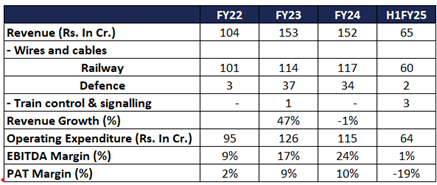
As shown in the table, the majority of Quadrant Future Tek’s revenue comes from its wires and cables division, while FY25 marks the first year of recorded revenue from its Train Control and Signalling Division.
Despite being a capital-intensive business, the company has achieved an impressive 24% EBITDA margin in FY24, reflecting the premium commanded by its niche specialty cables in the market.
While these achievements are noteworthy, it’s essential to consider the risks involved.
Major Risks:
1. Litigation Dispute Among Promoters:
The company faced a legal dispute among its promoters over allegations of conflict of interest involving two board members. The matter was taken to the NCLT but was resolved through a settlement agreement. However, similar disputes in the future could impact business operations.
2. Dependence on a Single Manufacturing Facility:
Relying on one manufacturing plant exposes the company to risks such as production slowdowns or shutdowns, which could adversely affect its business, financial performance, and operations.
3. Major Purchase Order from Chittaranjan Locomotive Works:
The company secured a Rs. 979 crore order on December 12, 2024, to supply and install Kavach equipment in 1,200 locomotives. Any delays or failure to meet delivery and maintenance obligations could harm its financial performance, cashflows, and future tender prospects.
Closing Thoughts
This company stands out because it is one of only four companies in India approved to produce KAVACH, a significant addition to its portfolio of specialized, hard-to-make products. This underscores the company’s ability to deliver high-quality solutions in a key government focus area. It also highlights its strong, long-term relationship with Indian Railways, further solidifying its position in the industry.
Disclaimer: This newsletter is for educational purposes only and is not intended to provide any kind of investment advice. Please conduct your own research and consult your financial advisor before making any investment decisions based on the information shared in this newsletter.
Meme of the Week

Follow us
If you are a diligent investor, you would not want to miss checking out our research platform, where we share insightful research on companies regularly. Gain access to our sample research by clicking on the button below.
